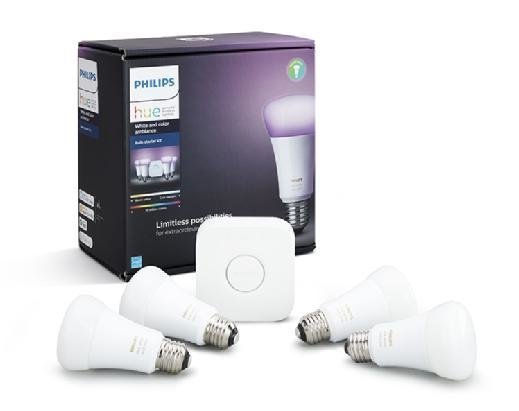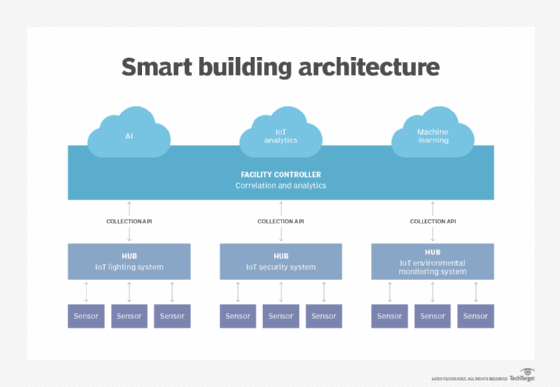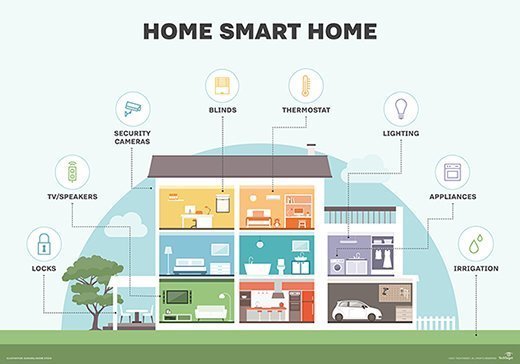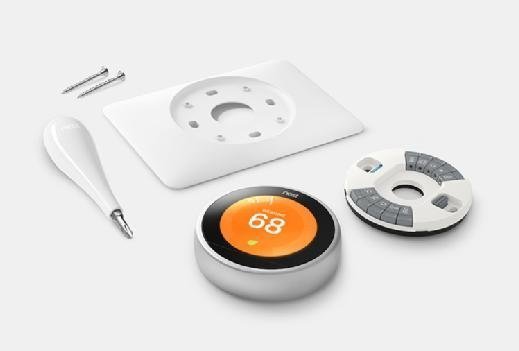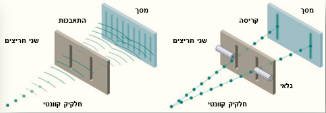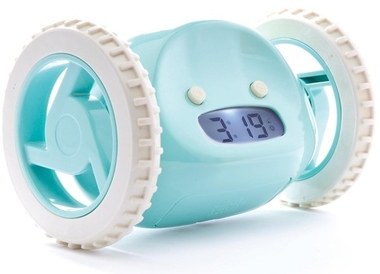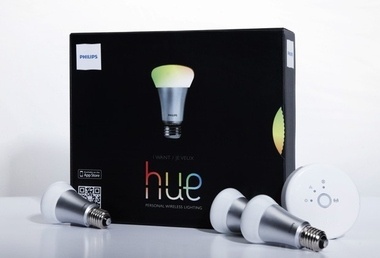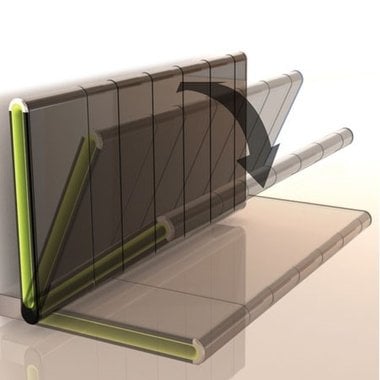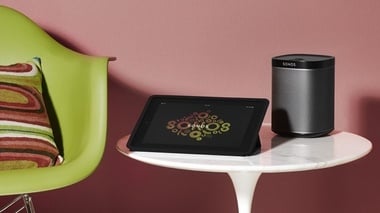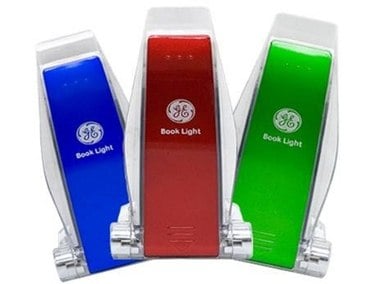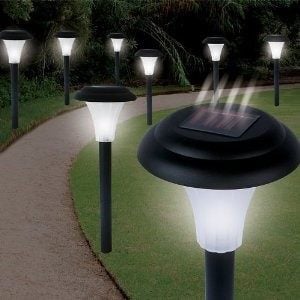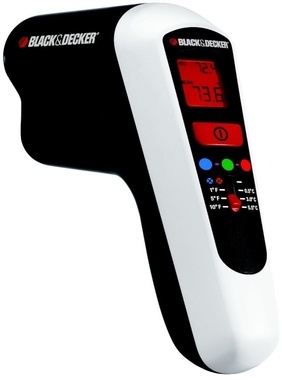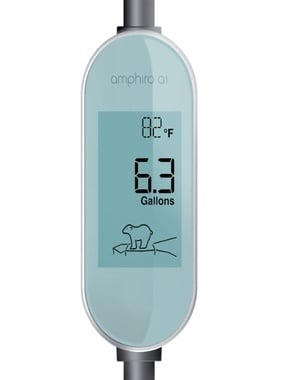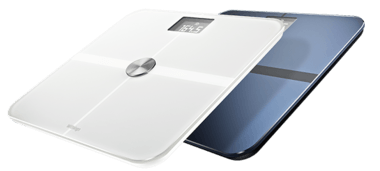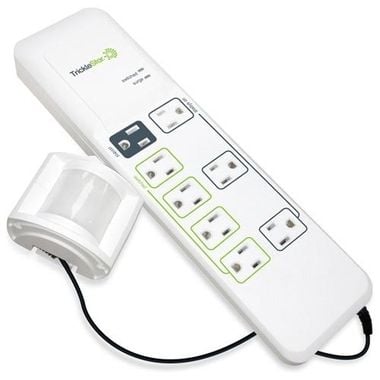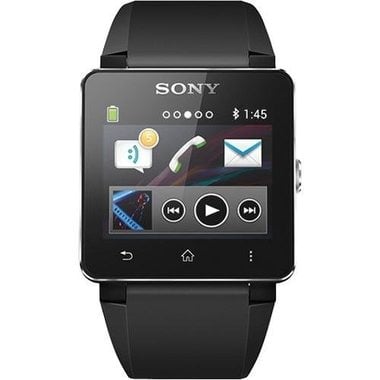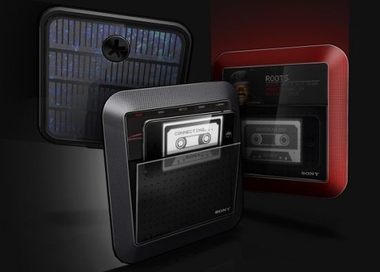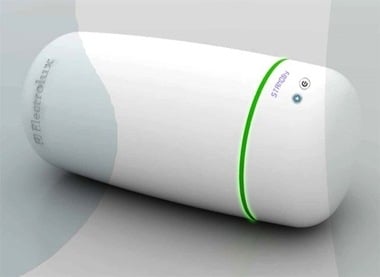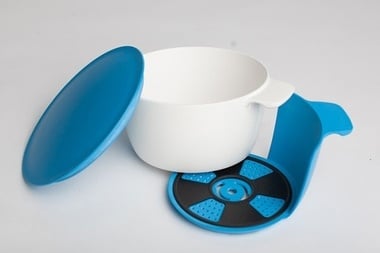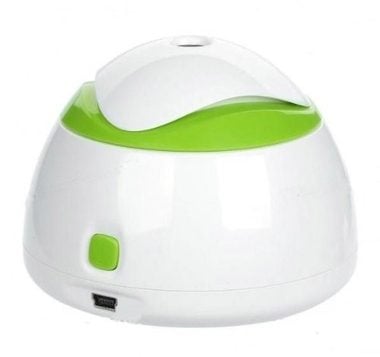With advancement in technology, scores of cool gadgets are adorning every home that has changed people’s lifestyle. The gadgets are not just fancy; they provide quick solutions to everyday problems. The simple design and improved functions reduce human effort and conserve space.
1. Robot vacuum cleaners
Floor cleaning and vacuuming are easier with a range of Deebot from Ecovacs, a pioneer in the field of engineering robotic vacuum cleaners. D77, the latest Deebot is a 3-dimensional home cleaning solution that has smart technology to detect and navigate obstacles. It has the capability to automatically empty its dust bin. It has different modes for cleaning all types of flooring. Even when you are not at home, you can pre-set it to clean your floors with its intelligent time scheduling feature. This smart device will ease your cleaning woes.
2. Clocky robotic alarm
Have you felt the need for an alarm that can outsmart and wake you instantaneously? Clocky will make you run around the room before you can turn it off. This smart alarm clock runs away and hides as it continues to beep until you get off your bed. You can no longer snooze and go back to bed. Clocky will ensure you never oversleep again.
3. Wireless LED light bulbs
Lighting at home has become convenient with the intelligent Philips Hue LED Lighting System. You can say goodbye to the conventional on/off wall switch and experience the new-age smart lighting system that can be controlled through your smartphone. The lighting system is controlled with the help of a mobile app through a Wi-Fi bridge. You can turn the lights on or off remotely, or schedule them to turn on or off with your phone or tablet. The high-quality energy saving LED lights are ideally suited for home and office environments.
4. Bediator
Bediator uses an intelligent room heating technology that provides the ideal room temperature during bitter winter season. Unlike traditional radiators, Bediator is energy efficient and can help you save on your bills. It is a stylish radiator that turns into a bed with just a flip. Once you push the button on the side, it flips and slides onto the floor. The LED display provides information such as date and the current room temperature.
5. Smart Faucet
This environment friendly faucet saves up to 15,000 gallons per unit per year. You can save water with this innovative technology and help conserve water sources. It also conserves energy with its intelligent design. By conserving water and energy, you can leave behind a reduced carbon footprint. Smart Faucet is hygienic and contamination free, as there is no need to touch the faucet valves. It is well-suited for children, the elderly, and the disabled. It is an inexpensive means to conserve water and preserve our environment.
6. Wireless speakers
Stand-alone Wi-Fi home speakers enhance your music pleasure. These speakers can be controlled with a smartphone app. The apps provide access to your iTunes library and other streaming services offering great flexibility. You can play your music from any device that is loaded with the app. The compact design conserves space and provides a classy look to your décor. The audio quality is exemplary rendering crisp and clear high frequency response. If you enjoy music, wireless speakers are a must-have at your home.
7. Book Light
Are you worried that your habit of reading books before you hit the bed will disturb your partner? Book Light is an integrated LED display encased in a plastic body that provides discreet lighting to suit your reading needs. You can clip the Book Light to your book easily. You can also adjust the brightness and viewing angle. The product is suited for long distance travel. You can read your favorite book while you are in an airplane or a train with this light-weight product.
8. Solar-powered path light
Solar-powered LED path lights are an ideal eco-solution for your garden. They are powered by solar energy and do not require any wiring or electricity. You can conserve energy and save money on your electricity bills with this smart technology that uses solar energy to illuminate your garden. These lights automatically turn on at dusk and off at dawn. You will never have to worry about a dark garden or a patio when you are away from home by installing these energy efficient lights.
9. Z-Wave Wireless Door/Window Sensor
Z-wave enabled devices that monitor your doors and windows provide the perfect security for your home and office. It is a cost effective security system that alerts you to any intrusive activity detected. You can easily monitor your doors remotely with the help of smartphone apps. It sends a text message and an email when any activity is detected, alerting you on time. You can also verify if all doors are closed from anywhere you are located.
10. Thermal leak detector
Thermal leak detectors help you detect leaks and fix the insulation in your home. They are an efficient means to monitor the ducts, windows and other vulnerable insulation spots. You can scan the area with the detector, which changes to red for warmer spots and blue for colder spots. You will be able to save up to 20% on your heating or cooling bills by improving the insulation in your house. You can also use the thermal leak detectors to check the efficiency of your refrigerators, freezers and automobile coolant system. You will be amazed to find the number of leaks in your house with this smart gadget.
11. Shower meter
Amphiro A1 is a self-powered energy and water meter for your shower that helps conserve resources. You can conveniently save 440 kWh of energy and 8,500 liters of water every year with this smart device. The device does not require any battery or electricity to run. It gets charged from the energy generated by water flow and is truly energy efficient. It displays real-time information of the water temperature, volume of water used and a climate animation. You can install this device easily, as it does not require any tools.
12. Smart Body Analyzer
Withings Smart Body Analyzer is a complete health tracking scale. Though it appears like a normal weighing scale, it provides a detailed health data. It measures body fat percentage, heart rate and room air quality, along with your weight. The data can be synced with the server using a mobile app. You can easily set goals and track your progress. The app can plot graphs of the air quality, instructing you to clean the room as and when required. It is a holistic health scale that helps you care of your body.
13. Resuable dryer ball
You can soften your clothes and reduce the drying time by 25 percent with these reusable dryer balls for your machine. They are a natural way to maintain the softness of your fabric without the use of any chemicals. Dryer balls tumble along with your clothes while your machine spins, separating the fabric. They allow air to flow freely, which helps in faster drying. Dryer balls are made from recycled plastic and are safe to use with all types of materials.
14. Motion Sensor PowerStrip with 8 Outlets
This smart PowerStrip conserves energy by detecting movement in the surrounding area. Four outlets automatically turn off if it does not detect human movement for 30 minutes in an adjoining space of 20 feet. It also features three “always-on” outlets that stay on irrespective of movement. This feature allows essential equipments, such as a router, to be left powered on. With this smart technology, you can save energy by switching off peripheral devices when they are not in use. It is ideal for networking equipments and entertainment consoles.
15. LG ThinQ Refrigerator
ThinQ is a super capacity 3-door refrigerator with an eight-inch Wi-Fi LCD screen. It has an impressive design that provides storage options, such as a Glide and Serve drawer. The touch screen monitor interacts with your smartphone app. It serves a dual role of a controller and an information server. It allows you to keep an inventory of all perishable food. Along with these details, the refrigerator’s energy-consumption details are available. It has several apps, such as Food Manager and Grocery App, which allow you to make your shopping list based on the stock available.
16. Sony SmartWatch
You can leverage the experience of your smartphone with Sony SmartWatch, which offers innumerable ways to interact with other applications. You can receive notifications, control music and monitor gadgets with the help of Bluetooth technology and different mobile apps. You can text, chat, email and track your calendar directly from your watch with this innovative gadget. The SmartWatch is suitable for all kinds of weather. It has a sunlight readable display and is water-resistant. It is a high-tech watch that makes your world smart by communicating with your phone.
17. Sony Eclipse
Sony Eclipse is an innovative media player that gets charged through the use of photovoltaic cells. You can stick the media player on a window with a help of a suction cup. The idea of using solar energy to power up the gadget makes it self-reliant. It has a touch screen and supports Wi-Fi, Bluetooth and has a USB port, making it portable. It is a great companion while you are on the move. You will never see a ‘Battery Low’ sign, as it gets charged by the sun and will not need batteries.
18. Eco Dish Cleaner
The Eco cleaner uses ultrasonic waves to clean dishes by ionizing the food particles. This new technology coverts food waste on plates into reusable compost for plants. It is an eco-friendly gadget that provides healthy soil for your plants from your food waste. The Electrolux Eco Cleaner is a portable and compact gadget that will revolutionize the family’s dining ritual. You will be able to meet the demands of a modern life with this gadget. It uses solar technology for charging the battery, making it easily sustainable for urban lifestyle.
19. OneBowl Utensil
OneBowl is kitchenware that makes it easy to boil pasta or noodles. With traditional bowls, you will need to boil pasta in a separate bowl and use a strainer to drain the water. OneBowl has a built-in strainer, which makes cooking, straining and eating convenient. The hybrid design allows you to drain the water from the bottom by twisting the handle. You will no longer burn your fingers while transferring hot pasta from the cooking bowl. It also has a cover that allows you to store the food.
20. Air purifier
Ecomgear is a compact gadget that purifies air and helps maintain appropriate humidity in the room. It also features an aroma diffusion function that removes bad odors from the room. It comes with a USB cable and is extremely portable–it can be used inside cars as well as in the home or office. It consumes less power and is energy efficient. A removable tank makes refilling easy. It is a great lifestyle gadget for the home or office that regulates humidity and circulation of high-quality air.
